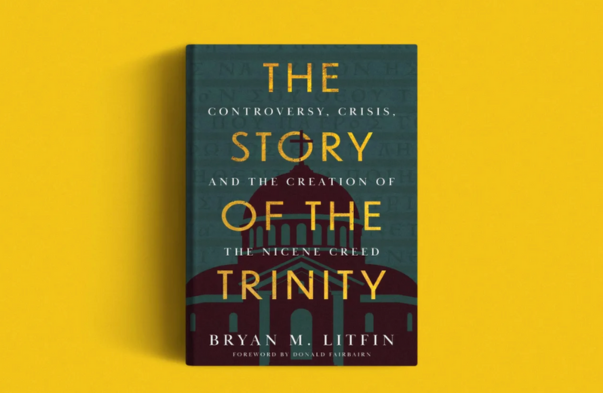By Fred Sanders –
Christians aren’t trying to speak in code, but sometimes we can sound like it.
Consider, for instance, the simple matter of the year 2025 being the 1700th anniversary of the Council of Nicaea in 325. Plenty of churches, schools, conferences, and magazines are celebrating by giving special attention to the Nicene Creed this year. Why not? It’s a round-numbered, landmark year and a great way to celebrate.
But if an interested observer happens to ask whether the Nicene Creed comes from the 325 Council of Nicaea, we have some explaining to do. Actually, the creed produced that year was different and shorter. But it’s symbolically important because it started the movement toward the better-known creed recited in churches across the world to this day. (Technically, it’s called the Nicaeno-Constantinopolitan Creed.)
That might sound like misdirection or double talk, but it isn’t. The year 325 and the “Nicene” creed written 56 years later really do belong together, and it all makes good sense, as long as you know the story that goes along with it. And by “story,” I mean a little bit of history and a little bit of theology.
In The Story of the Trinity: Controversy, Crisis, and the Creation of the Nicene Creed, Bryan Litfin cracks the code, leaps the language barrier, and delivers that history and theology. Litfin is a professor at Liberty University’s Rawlings School of Divinity, having previously taught for many years at Moody Bible Institute. Some time ago he began developing an engaging and accessible writing style, which he uses to great effect in this book about Nicaea.
The Story of the Trinity is under 200 pages long and is available in paperback for less than $20, which makes it the kind of nonintimidating object you might actually hand to a friend. But above all, you might recommend the book because of its high readability quotient.
Litfin’s authorial approachability starts with little courtesies, like showing how to pronounce a few hard words, explaining where key terms originated, and gamely admitting that paternity and filiation are “fancy words for fatherhood and sonship.”
His approachability extends to offering analogies for ancient geopolitical tensions in the church. For example, leaders in Roman Palestine and Syria may have defended Arius, who opposed the Nicene position on the Trinity, partly out of rivalry with metropolitan Alexandria. As Litfin writes, this might be like “a pastor today getting kicked out of New York City for what appeared to be conservative ideas. If those elite New Yorkers didn’t like a certain set of doctrines, that might be just enough reason for conservative Christians of Atlanta or Dallas to adopt them with gusto.”
It’s a loose analogy, and it may misfire for some readers. But it serves the purpose of inviting a broad range of readers into an imaginable historical setting, something like our own.
But Litfin’s commitment to readability determines a lot more than just these isolated features. It determines the shape of his whole project. He actively invites the kind of questions ordinary people might ask about Nicaea and its role in formulating the doctrine of the Trinity. In some cases, he channels these questions into chapter titles: Chapter 4, for instance, asks, “Does Yahweh Have a Son?” Chapter 6 poses the question “Maybe Jesus Is the Father?”
Similar thought experiments and queries appear throughout the book. As a theologian, Litfin must know that some of these are bad questions, but as a teacher he recognizes them as starting points for developing a better understanding.
READ THE COMPLETE ARTICLE HERE
